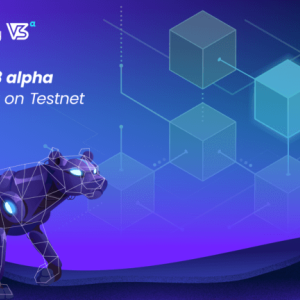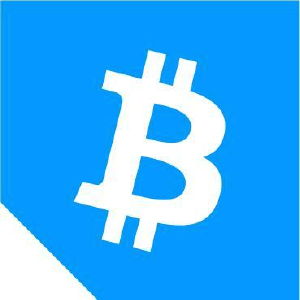The usage of blockchain technology seems to always be undergoing a transformation, with a huge increase in the number of implementations and applications being produced at an alarming rate. One of these many applications is the use of NFTs, which are digital assets that are verifiable through the use of blockchain technology. NFT is an abbreviation for a non-fungible token, which refers to a one-of-a-kind digital asset that cannot be traded for any other NFT. As a result, every NFT is a unique piece of artwork. NFTs are exchanged from one person to another via the use of blockchain technology, which produces a digital footprint from a seller to buyer that serves as proof of the transaction’s validity. NFTs, unlike physical art, cannot be damaged, lost, or destroyed since they are recorded on a blockchain. The majority of NFTs are built on Ethereum’s blockchain, however, there are others such as Cardano, Solana, and Binance Smart Chain. NFTs are well-known in the crypto community and the art world. Although NFTs have existed since 2014, they gained significant popularity last year. Everything began with the $69.3 million sales of a work of digital art titled “Everyday: The First 5,000 Days” by digital artist Mike Winkelmann, which made him one of the most expensive artists in the world. NFT sales totaled around $2 billion in the first quarter of 2021 alone. According to a report from nonfungible.com, a website that tracks the s...










